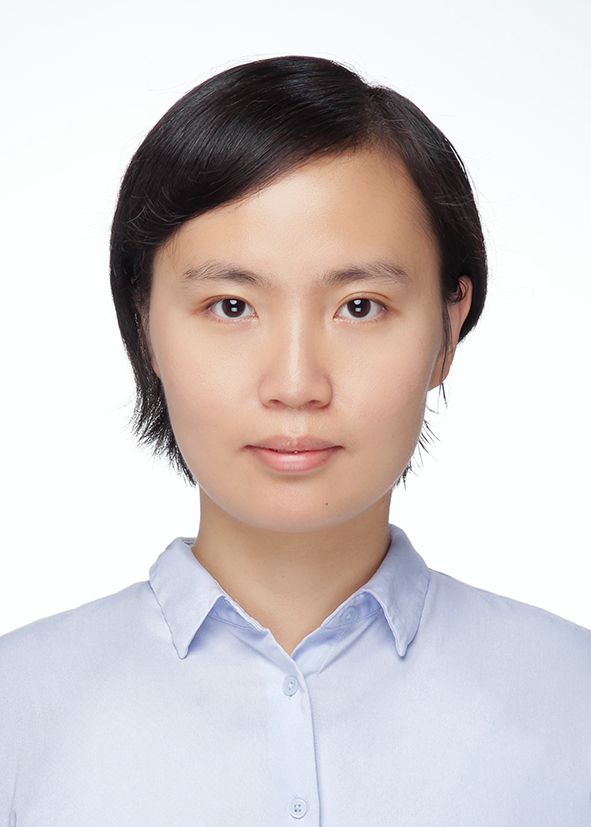Zhiyuan Li

Zhiyuan Li
E-mail: zhiyuanli@pku.edu.cn
Website: http://www.zhiyuanlab.xyz
Research interests:
I am particularly fascinated by emergent behavior at various scales of life science, where interactions between individual parts give rise to interesting properties at the system level. Below are some questions I'm currently interested in and pursuing:
o How more becomes different? -- from regulatory networks to collective cell fate decisions
In developing systems such as embryo, cells with identical genome acquire diverse gene-expression states in a highly robust manner. From a zygotic cell to a full organism, the information content of the system increases. Where does the positional information come? from our preliminary results, there are are two basic strategies: "exchange" and "inheritance", that leads to spontaneous information increase. And we developed a set mathematical formulization for the cascade of cell state transitions. The "extra" information, comes from the spatial-temporal structure of the embryo. Based on this formulization, we are exploring how to provide the "blueprint" for designing de novo gene-regulatory and cell-signaling network, that develop into the desired cell fate patterning.
o CAN WE GET ALONG?-- Chemostat, competitive exclusion principle, and species-environment feedback
"Competitive exclusion paradox" is about a contradiction: in nature, species diversity is enormous; but by resource-competition theories, the number of co-existing species cannot exceed the number of resources. With a graphical framework we developed to unify chemostat-class of resource-competition models, we showed that the species-environment feedback is the key to achieving coexistence: species shapes its own environment. Even in a system as simple as chemostat, there is no static fitness landscape with sole survivor residing in the mountaintop wins. Instead, species are playing in the "fitness trampoline."Since species can reach ecologically stable coexistence through shaping their environment, can the more difficult, evolutionarily stable coexistence be achieved by species creating new environmental dimensions?
o What Do We Learn from [NOT HAVING] History?
Non-ribosomal peptide synthetases (NPRS) is a family of Biosynthetic Gene Cluster (BGC) that structured in a modular manner. Such modular structure inspired designing of novel products though combining desired modules from different natural BGCs. However, past efforts in this direction are mostly unsuccessful. Therefore, are there functional constraints between different module/submodules of BGC that favor/disfavor certain combinations? Inspired by a marine microorganism with crazy recombination pattern, We are working on uncover functional associations from large databases, by removing the association induced by sharing phylogeny history.
Selected publications:
• Jindong Zan*, Zhiyuan Li*, Maria Diarey Tianero-McIntosh, Jeanette Davis, Russell T. Hill, and Mohamed S. Donia, “A microbial factory of defense chemicals in a tripartite marine symbiosis.” (2019) Science, 364, pp 1056,DOI: 10.1126/science.aaw6732
• Li, Sophia Hsin-Jung, Zhiyuan Li, Junyoung O. Park, Christopher G. King, Joshua D. Rabinowitz, Ned S. Wingreen, and Zemer Gitai. “Escherichia coli translation strategies differ across carbon, nitrogen and phosphorus limitation conditions.” Nature microbiology 3, no. 8 (2018): 939. DOI:10.1038/s41564-018-0199-2
• Jian Shu*, Chen Wu*, Yetao Wu*, Zhiyuan Li*, Sida Shao, Wenhui Zhao, Xing Tang, Huan Yang, Lijun Shen, Xiaohan Zuo, Weifeng Yang, Yan Shi, Xiaochun Chi, Hongquan Zhang, Ge Gao, Youmin Shu, Kehu Yuan, Weiwu He, Chao Tang, Yang Zhao, Hongkui Deng. Induction of Pluripotency in Mouse Somatic Cells with Lineage Specifiers.(2013) Cell, Volume 153, Issue 5, pp 963–975. DOI: 10.1016/j.cell.2013.05.001


